reviewed by Truman Perkins
Gymnosperm Plants, also known as Acrogymnospermae, are a group of plants that produce seeds that are not contained within an ovary or fruit. These seeds are developed on the surface of scales, cones, leaves, and are exposed to be directly fertilized by pollination; unlike the angiosperms, or usual flowering plants, whose seeds are enclosed by mature ovaries or fruits.
Most gymnosperms are found in high altitude regions as the weather offers them suitable conditions to thrive. The needle-like leaves prevent excessive water from evaporation in the cold temperature and retain it for its growth.They are perennial or woody, forming trees or bushes with vascular tissues that help in the transportation of nutrients and water. These plantsdo not have colorful inflorescence; instead, they form cones with reproductive structures but are equally essential and beautiful.The seeds in those cones contain endosperm that stores food for the growth and development of the plant.


The stems of conifers are naturally woody with a dense build of secondary xylem to transport the water from roots to all the branches. The conifers are adapted to cold climatic conditions; the elongated branches gravitate downwards to shed the snowfall, while the main stem stands tall and strong. The world's conifer forests cover vast areas of land and are economically valued for the timber they produce.
The cycads appear tall, stout, and cylindrical. The woody trunk is adorned with a crown-like set of leaves. The hard and stiff compound leaves that grow in a spiral towards the tip. Although the cycads are tropical plants, they are able to survive in harsh conditions with very little water available to them. Theplant is typically dioecious, meaning that each individual plant is either male or female. This might be the reason why this species has become rare; only three families within the cycads are available today: the Cycadaceae, Stangeriaceae, and Zamiaceae
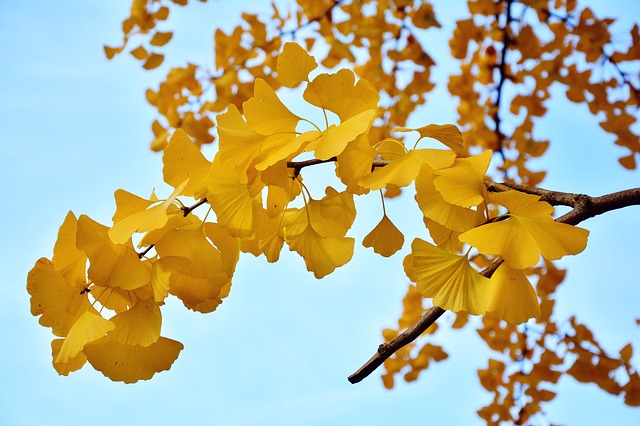
Gingko Biloba is the only extant species in the division Ginkgophyta, all others being extinct. It is also known as the maidenhair tree. The tall, slender tree is a massive tree with fan-shaped leaves. It is often resistant to disease and insect damage; the remarkably large genome enables antibacterial and chemical defense mechanisms. Native to chine the ginkgo Biloba is now grown worldwide for its medicinal properties.
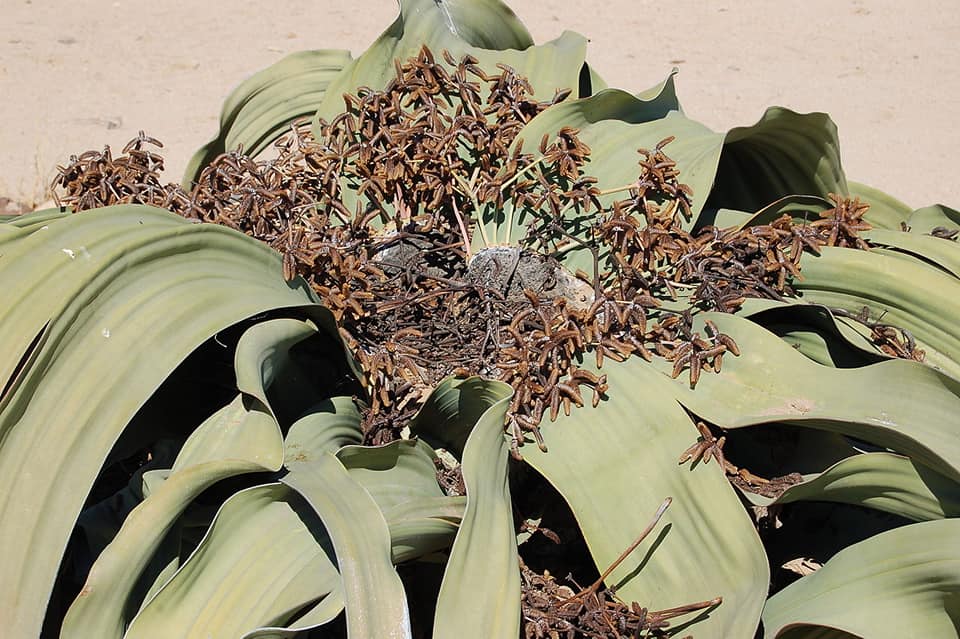
Among the 70 species in over three genera, the Gnetophyta are morphologically available in a wide range, including trees, shrubs, stumps, vines, and creepers with distinctive leaf shapes and arrangements.The Gnetophytes are unique gymnosperms because of the presence of a vessel system of the channel, which is mostly found in the angiosperms, for the transport water within the plant.
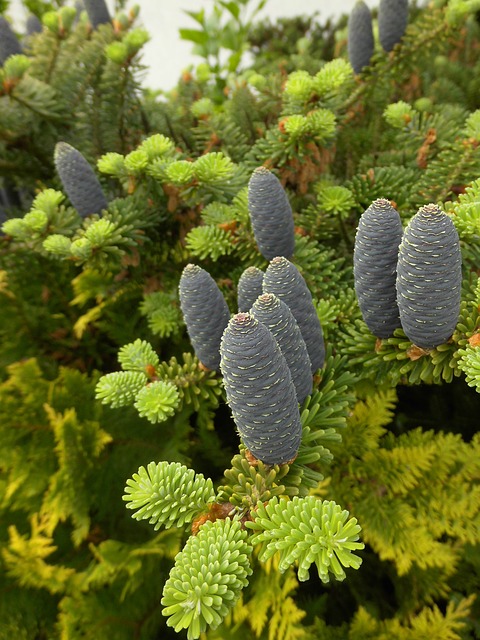
The compact conical conifer is arranged on the stems with scale-like, short and broad leaves. The color of these needle-like leaves varies from blue to silver according to the season. These cones are heat tolerant than most firs but prefer cool, moist areas. The Korean fir is a popular choice for ornamental gardens.
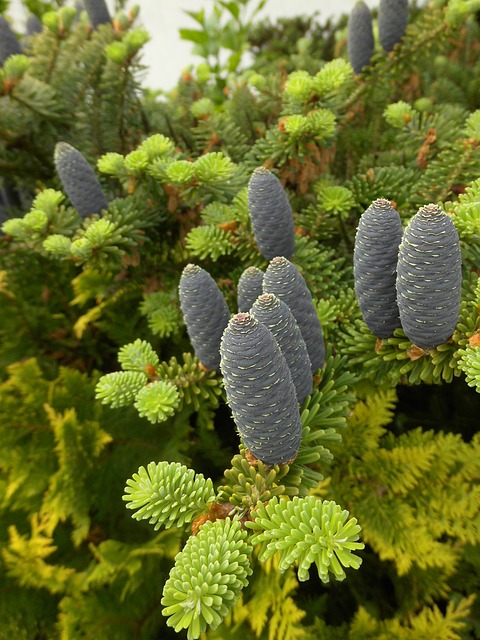
Cupressus is an evergreen tree with finely divided branchlets that are unevenly distributed. The Leaves are persistent, small, and scale-like, arranged either opposite to each other or in whorls. The plant has its ornamental significance and economical use for its soft timber.
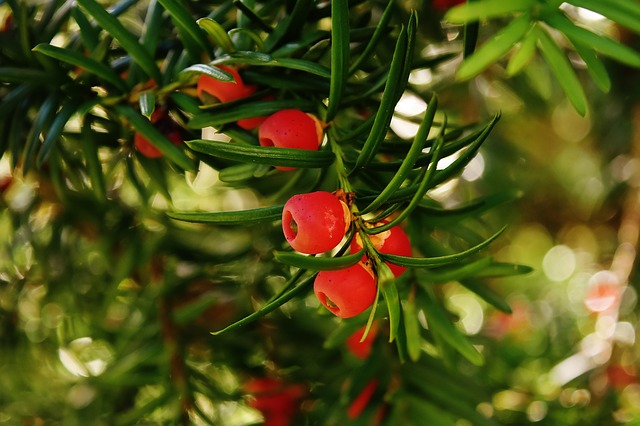
Taxaceae, the yew family, are evergreen trees or shrubs depending on the species. The plant has numerous braches, covered with alternately arranged, needle-like leaves. The reproductive units bearing pollens are exposedcone-like structures scattered on the plant and are covered by fleshy arils to make dispersal by animals probable.
Podocarpus plants are often referred to as Japanese yews, yet they are not real members of the Taxus genus. The abundant narrow leaves, whorled in a nod with scattered berries, make the plant have its own identity.
With its dense, glossy foliage, it makes a decorative pyramid of green in the garden. The henkelii plant is a tall, straight stemmed forest tree, but it can grow massive overtime, covering a large area. Podocarpus henkelii is a native to Africa yet thrives in Asian countries.
The evergreen coniferous shrubs and small trees are grown for their foliage that resembles yews. Female plants produce small, plum-like fruit when planted near a male pollinator. The plant with fan-shaped leaves thrives in a sheltered site with fertile, moist but well-drained soil.
Top 10 Unique Plants found in Jammu & Kashmir
 |
 |
 |
 |

About Truman Perkins
Truman Perkins is a Detroit-based SEO consultant who's been in the business for over a decade. He got his start helping friends and clients get their websites off the ground, and he continues to do so today. In his free time, Truman enjoys learning and writing about gardening - something he believes is a natural stress reliever. He lives with his wife, Jenny, and their twins in Detroit.
 |
 |
 |
 |
Get new FREE Gifts. Or latest free growing e-books from our latest works.
Disable Ad block to reveal all the links. Once done, hit a button below
 |
 |
 |
 |